Years before the civil war, and before the Islamic State militants declared their so-called caliphate, an American punk drummer from Washington, D.C. was overcome with a wild and urgent impulse to visit Syria.
Jason Hamacher, a photographer and musician, had become captivated by the religious chants of the Syrian Christian community in Aleppo, Syria's largest city. The chants are sung in Syriac, a language that has roots in the Aramaic language once spoken by Jesus. Hamacher was determined to preserve this endangered ancient music.
That first journey in 2006 led to many subsequent trips. He soon developed a network in Aleppo, finding friends in the Jewish, Muslim, and Christian communities, taking photographs and making recordings along the way.
Five years into the country's civil war, these images and sounds have taken on a new meaning. Aleppo has been ravaged by fighting since 2012. The eastern half of the city is now controlled by opposition groups, including the al Qaeda branch Jabhat al-Nusra, and the western half is under the control of Syrian forces.
Along with the civil war, the Syrian people are also facing threats from the Islamic State militant group, which began claiming large swaths of Syria in 2014. According to the BBC, the city of Aleppo lies just a few miles south of territory that is under control of IS. Earlier this month, U.S. Secretary of State John Kerry said that IS' persecution of Christians, Yazidis, and Shi'ite Muslims in Syria amounted to genocide.
Christianity has been part of Syria's history for two millennia, but thousands of Christians have been forced from their homes since the war began.
Many of the churches Hamacher documented have been damaged in the ongoing power struggle between government forces and opposition groups. Some of the people he befriended have been kidnapped.
To remember what was lost, Hamacher is sharing images of the Christian sites he once visited.
"The whole point of this photo essay is to illustrate or contextualize what the early church looked like and also illustrate that there's a very good chance that large portions of it are going to be wiped out," the 39-year-old told The Huffington Post.
Hamacher says he hasn't been able to return to the country since 2010, so he doesn't have photos of what these sites look like today. But it was important to him to present an image of the city as he remembers it -- a vibrant, cosmopolitan place that was home to people of many different faiths.
"When the before and after is laid out in front of you, people tend to remember the destruction as opposed to the beauty of the place and the traditions it represents," Hamacher said.
Scroll down to see Hamacher's images below. HuffPost Religion attempted to find the most up to date information about the current state of these sites to give our readers an idea of how the site has been touched by the war.
Hamacher's photos will also be displayed at W83, a community center operated by New York City's Redeemer Presbyterian Church, through May 1.
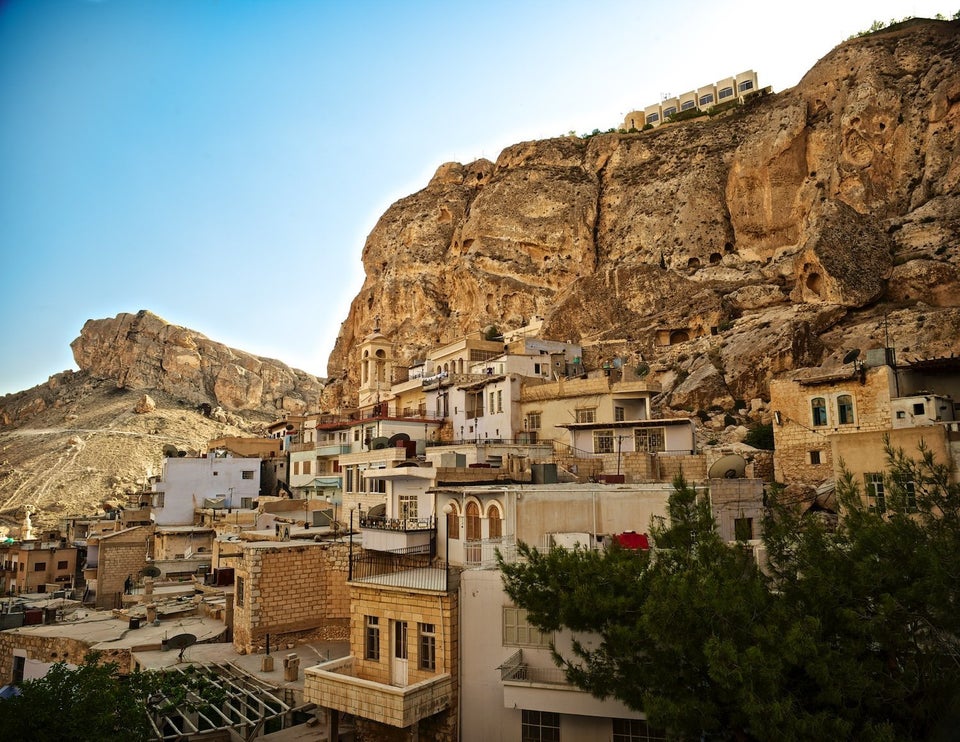
After: The city was captured by the Nusra Front, al-Qaida's Syrian branch, in 2013. It was recaptured by the Syrian army a year later after fierce fighting. Many of its ancient churches have been gutted by fire or looted for their valuable icons.
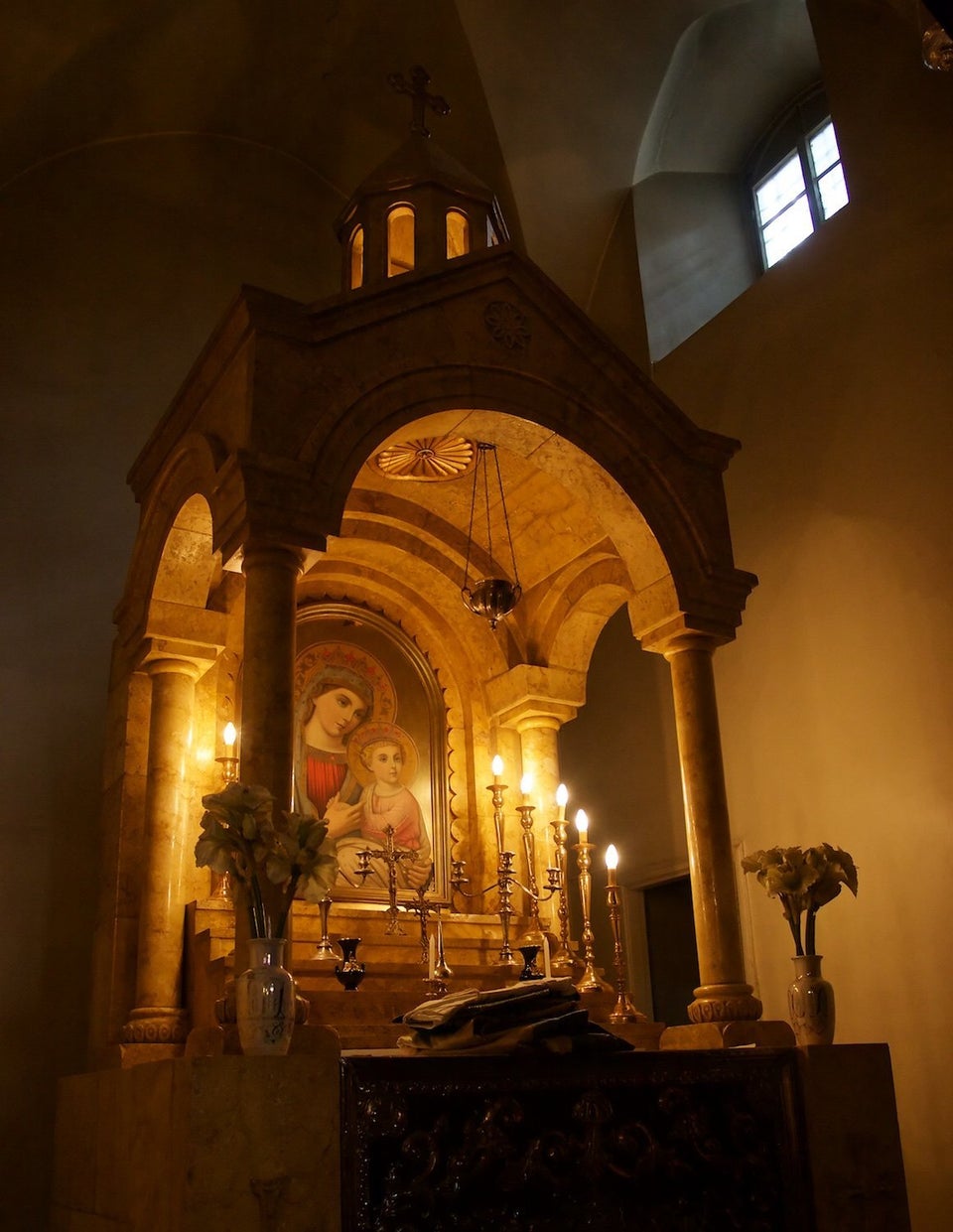
Now: The Forty Martyrs Church compound was severely damaged during a bombing in April 2015. The church building itself survived.

In a 2006 interview for the Anna Lindh Foundation, the priest was quoted saying:
“Sometimes we respect what we are afraid of, as we teach children to have respect for electricity. It’s not something automatic. Love, instead, proposes a basic feeling, an attitude that can help to avoid war and the tensions that lead to war. Respect is so far from being enough that therefore it is not on our agenda.”
Now: Hamacher told The Huffington Post that this building is intact. The Huffington Post reached out to the monastery via email but did not hear back. Steve Oshana, executive director of the Assyrian/Chaldean/Syriac activist group A Demand For Action, who said he managed to get in touch with a contact in the region who confirmed that the monastery is in "good condition."
However, Dall’Oglio was abducted by ISIS in July 2013, reportedly while attempting to negotiate the release of captive journalists. His fate remains unknown.
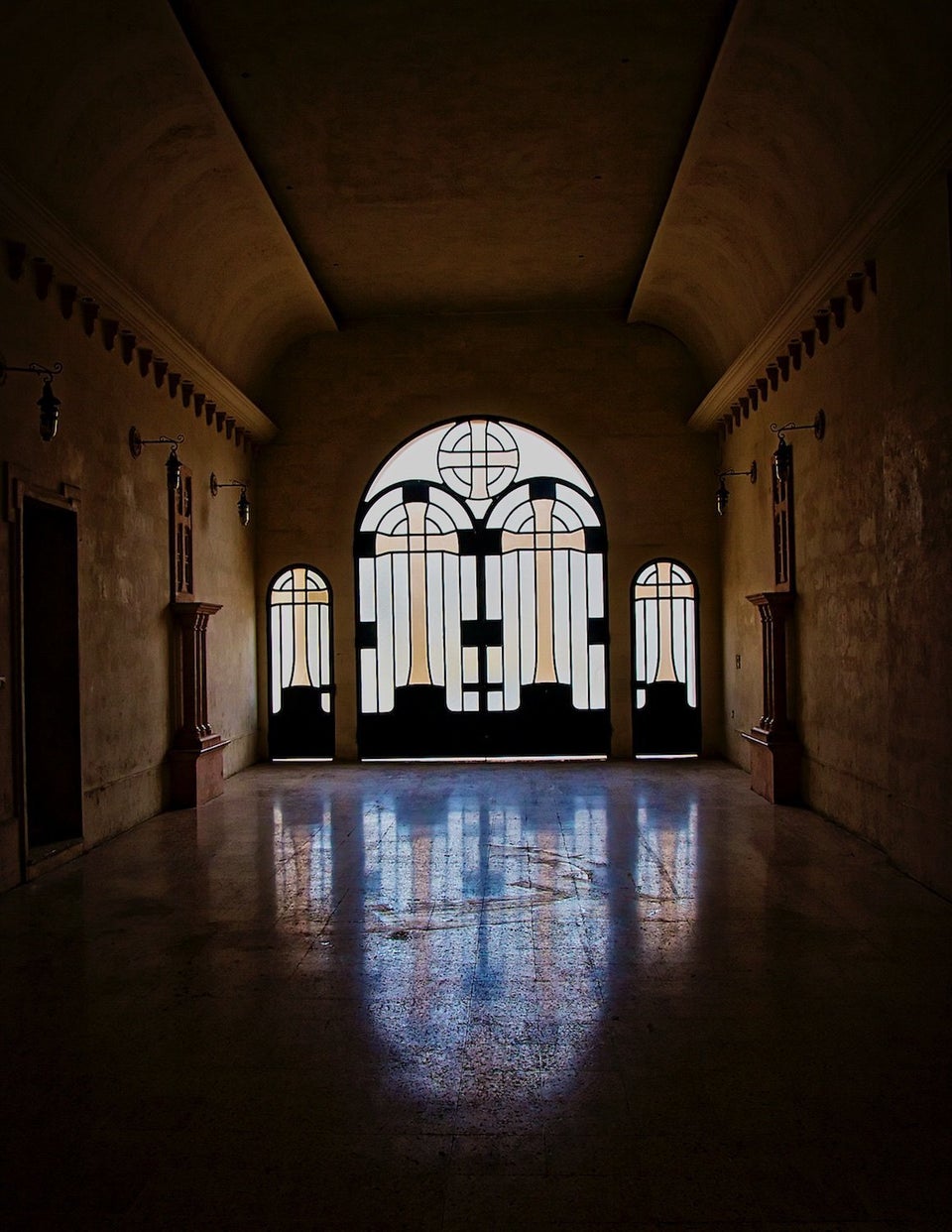
Now: Hamacher reports that the doors stand but the crosses are riddled with bullet holes. The Huffington Post reached out to the media office of the Syrian Orthodox Patriarchate of Antioch, but did not hear back. Oshana's contact confirmed that the diocese headquarters was in fact hit by bullets and bombed. The building has reportedly been fixed.
Ibrahim and a fellow religious leader in Aleppo, Metropolitan Paul Yazigi, were both kidnapped in April 2013. It is unclear what has happened to them since.

Now: Hamacher reports that the building remains in use, but the roof, walls, windows, and library have suffered damage from bombing campaigns. The damage to the library was confirmed by a contact of A Demand For Action.
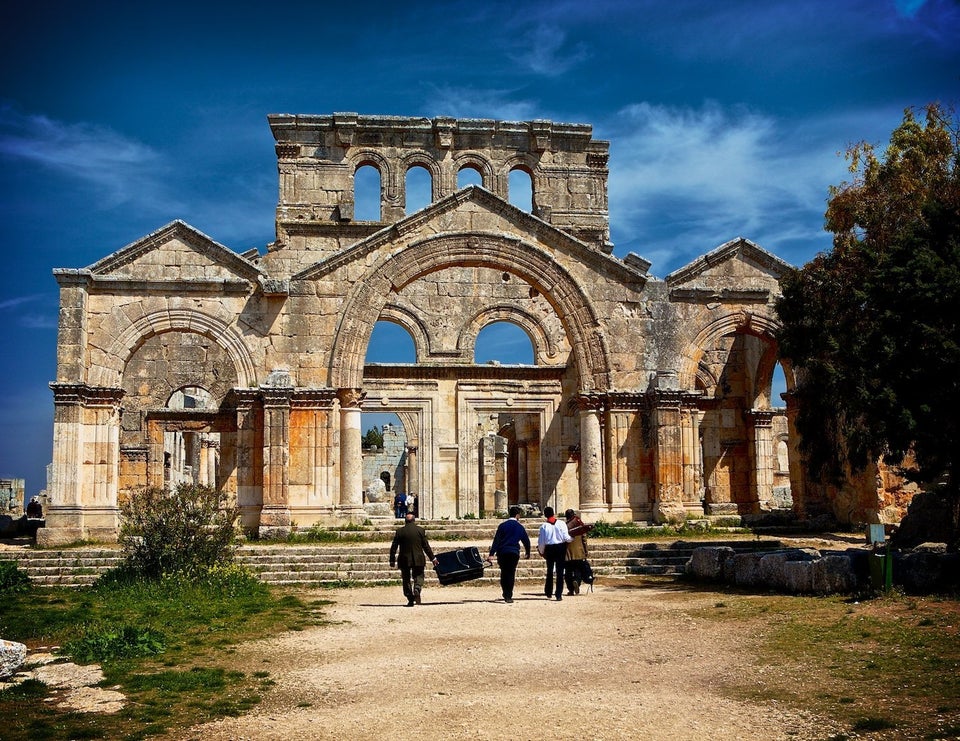
Now: There are unconfirmed reports that brigade of female militants have turned the site into a training camp. UNESCO has included the site in its list of sites in danger, which means that the organization is concerned that it is facing "conditions which threaten the very characteristics for which a property was inscribed on the World Heritage list."
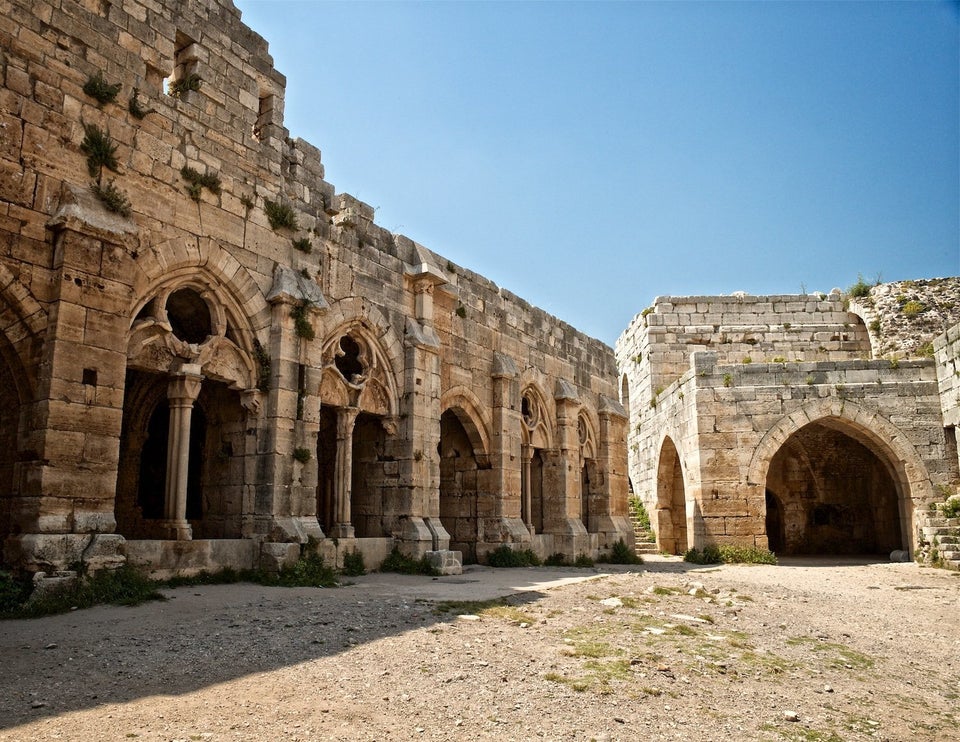
Now: The castle stands intact but some of its walls have crumbled. The BBC reports that it was targeted by Syrian government forces after being used as a base by rebels.
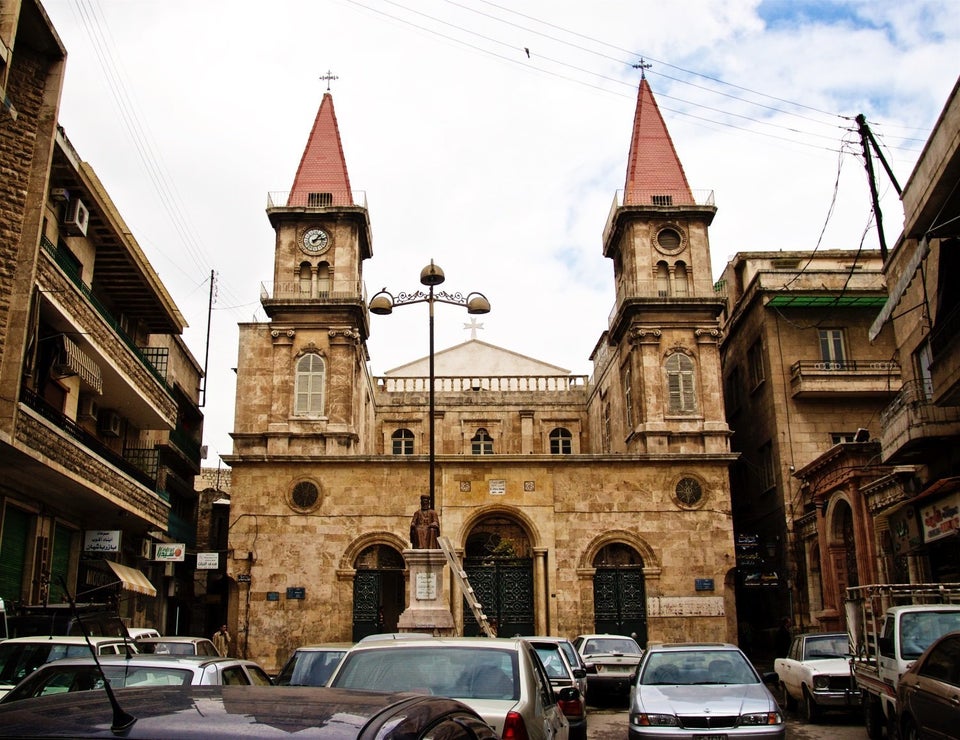
Now: This cathedral was damagedin a rocket attack in 2012. A photo of the damage can be seen here.
CORRECTION: A previous version of this story stated incorrectly that Hamacher's interest in Syria was piqued by Armenian Christian chanting. He initially traveled to the country to record Syriac Christian chanting.
